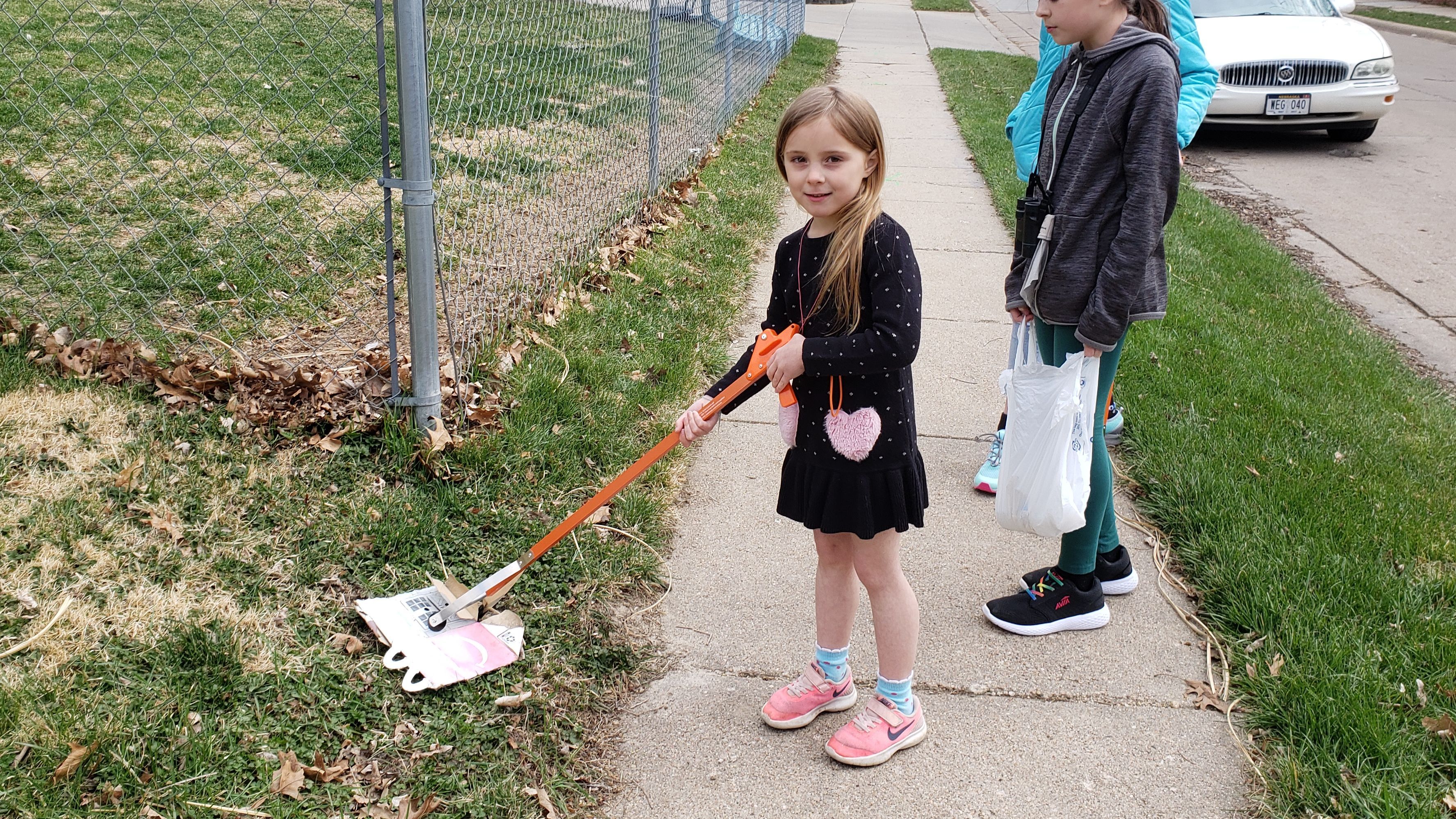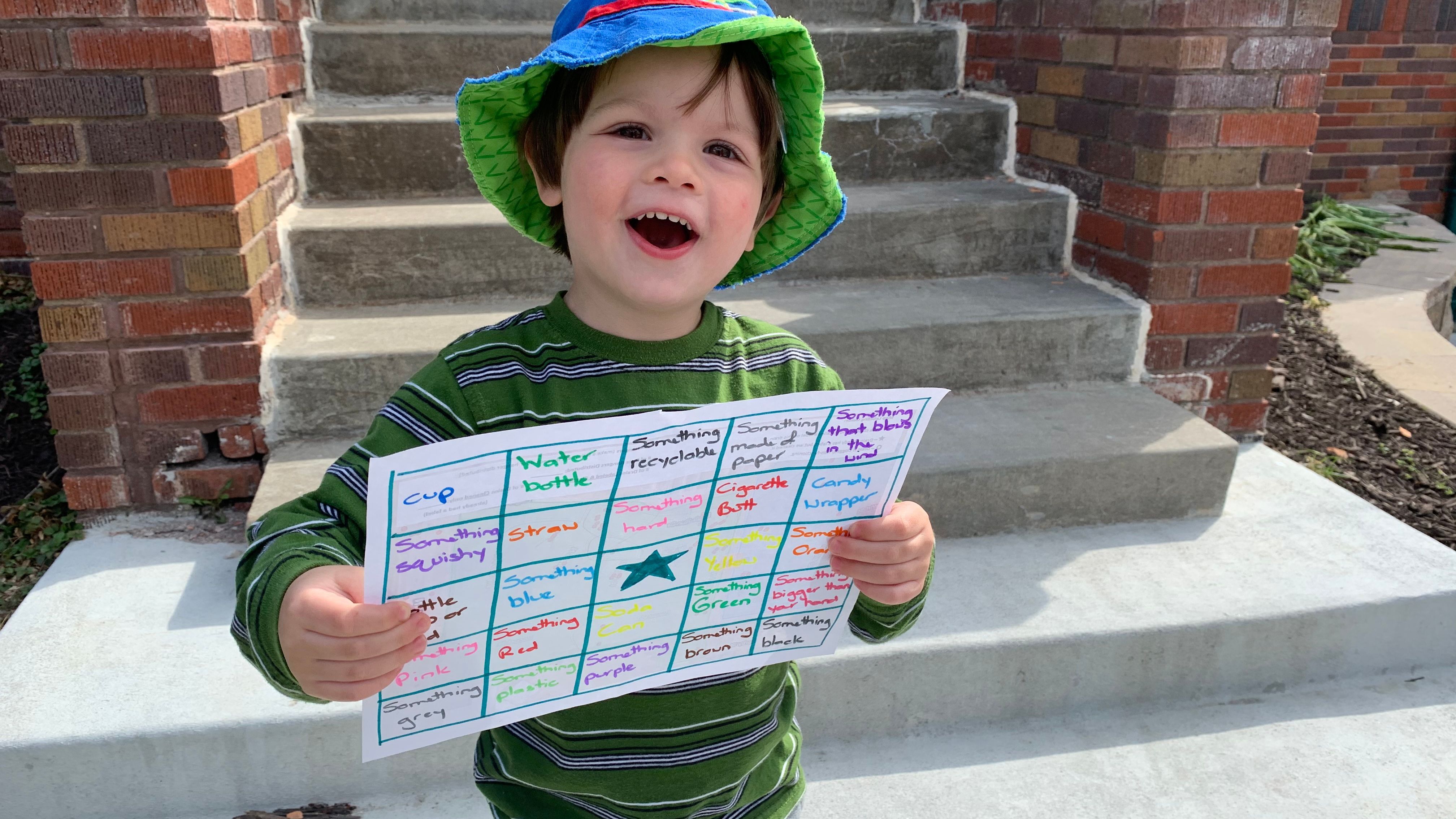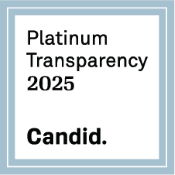
Pick up litter in your neighborhood and take action to make positive changes.

You will learn about the litter in your neighborhood by evaluating why it’s there and what you can do about it!
Did you know that people are much more likely to litter if there is litter already on the ground? By simply picking up litter around your neighborhood, you not only clean up the area, but you also encourage other neighbors to keep it that way!
To learn more about the harmful effects of litter, check out this article from The World’s Children’s Prize.

- Trash bag or plastic shopping bag
- Work gloves, garden gloves, or disposable gloves
- Litter Grabber (optional)
- Paper
- Pens/markers


See the Beauty Walk
The See the Beauty Walk encourages you to discover and appreciate all the beautiful things in your neighborhood while you help pick up litter.
Your neighborhood is full of beautiful and amazing things. These beautiful things can be ephemeral, seasonal, or long-lasting. You might see beautiful trees, new spring flowers, puddles to splash in, or even cool bugs or tree stumps. The point of this activity is to slow down and appreciate the fantastic world around you.
- Make a list as a family of beautiful things that you see in your neighborhood.
- Look for things that don’t belong like litter and pick it up as you go.
- Make your safety a priority. If there is a piece of litter that you just can’t get to safely, it’s okay to let it go. Keep an eye out for traffic, and wave to your neighbors from a safe distance. Do not pick up anything that looks dangerous, such as rusty metal or broken glass.
- Pose questions to your kids to encourage them to think about why we need to work to keep our community clean and pollution free.
- When you are done, visit our Neighborhood Litter Cleanup page to report on the great work you did!

Bingo Walk
During this walk, challenge your family to search for things out of place in your neighborhood - litter. Pick up litter when you find it. Although finding litter is not a positive thing, picking it up as part of a game can make for a fun activity.
By playing a game when you pick up litter, you encourage your kids to really look for things they might not normally see. Designing a bingo card helps kids think about what they will find. What sort of litter do they think they will see? How can they use this to create their bingo card?
Have each person in your family create their own bingo card.
- Draw a grid with 5 squares across and 5 squares down.
- Put a star in the middle square - this is a free square!
- In every other square, put one of the items listed below, or make up your own! Each person should switch up the order of the items so that everyone’s bingo cards are different.
- For the rest of the squares, you name the item! Think about the litter you collected in your first walk for ideas.
As you collect litter in your neighborhood, check off the appropriate bingo square.
You can make this harder by only letting people check off litter on their bingo card if they collect it. You can make it easier by letting people check off litter on their bingo card if anyone in your family collects it.
The first person to cross off a row, column, or diagonal line wins the game! When you are done, visit our Neighborhood Litter Cleanup page to report on the great work you did!
Items to put on your bingo card:
- Disposable water or juice bottle
- Something plastic
- Something yellow
- Something very strange
- Bottle cap or lid
- Something that blows in the wind
- Soda can
- Single use drinking cup (coffee cup, fast food cup)
- Something bigger than your hand
- Something that could have been recycled
- Straw
- Fast food wrapper
- Something paper
- Cigarette butt
- Something metal
- Snack bag
- Candy wrapper
- Something that could have been reused
- Something squishy

After completing each litter cleanup walk, take a few minutes to look at the litter you collected. Ask questions to help your kids think critically about the litter in your environment and the role they can play in community stewardship:
- How do you think the litter got here?
- Which items could have been reused?
- Which items will degrade quickly and which will be around for a long time?
- Which items would be most harmful to people, animals or nature?
- What would have happened to this litter if you had not collected it?
- How else can we take care of our community?
- What are some everyday choices we make that could improve the overall health of our environment?

- Learn about Peanut the Turtle and how litter affected her life.
- This video explains what happens to litter in the city if it isn’t cleaned up.
- This video of an experiment helps explain which materials break down quickly or slowly. After checking out the video, try repeating the experiment with materials of your own.
- Litter is just one form of pollution. Investigate the pollution in your neighborhood by doing a pollution search activity.
- Do a home waste audit to examine what you throw away and how you can reduce your waste.

We would love to see where this lesson led you! Share your photos and videos with us by tagging #natureinyourneighborhood and #keepomahabeautiful.




